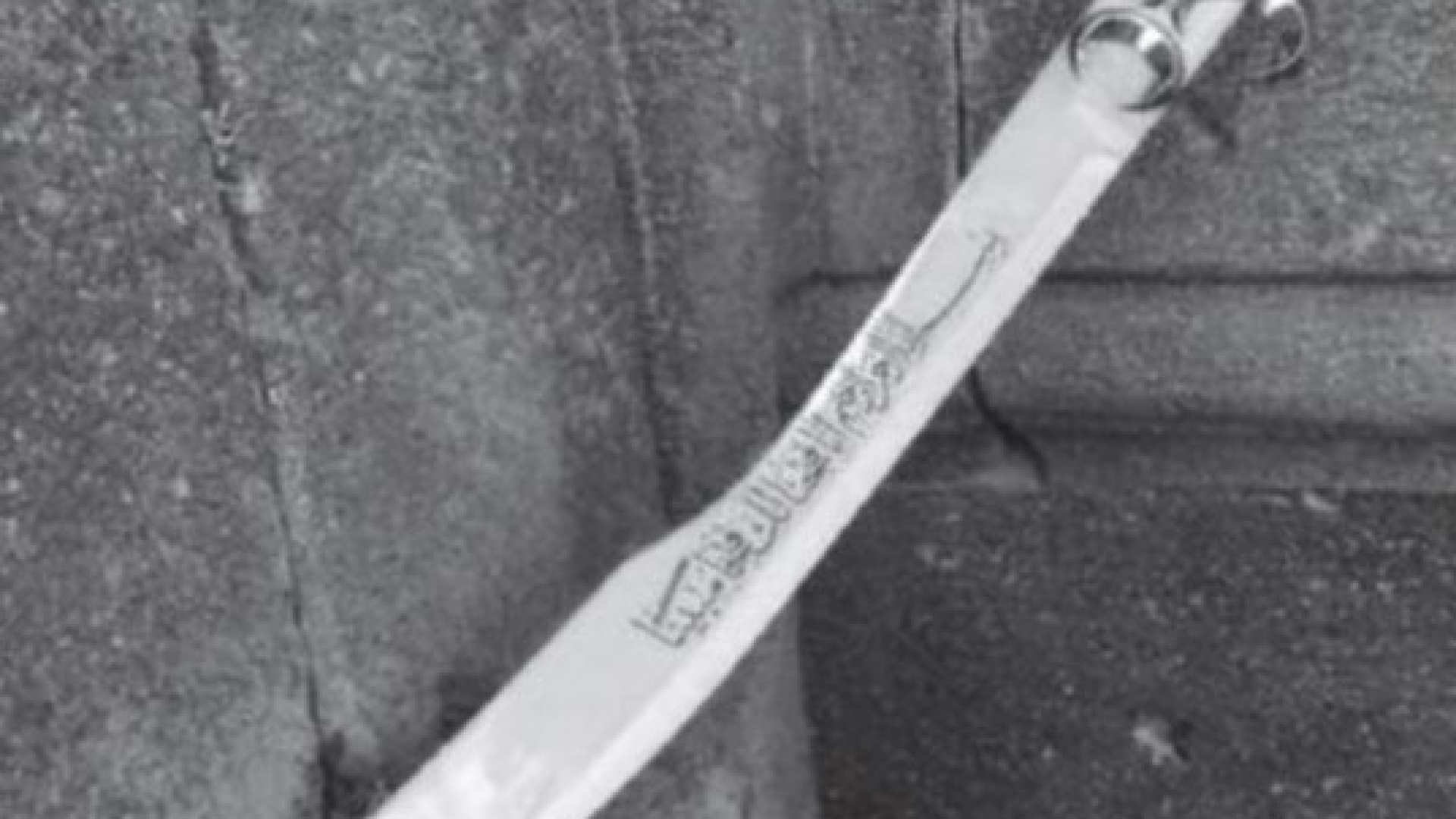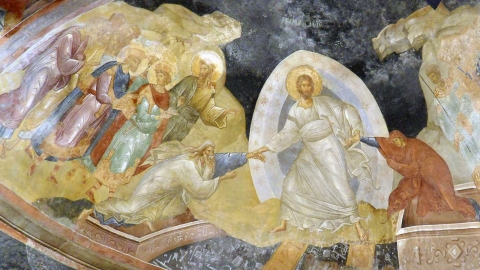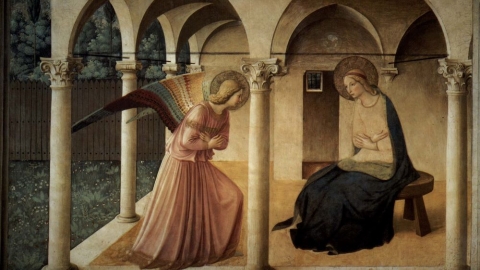Turkey: The Scimitar of Conquest in Hagia Sophia

On July 24, 2020, the first prayer of Friday was held in Istanbul’s Hagia Sophia, which has been turned into a mosque after being a museum for 86 years.
The place was taken over by a crowd of dignitaries, with President Recep Tayyip Erdogan at their head, while thousands of worshipers followed the prayers around the building. Imam Ali Erbaş, President of Religious Affairs of the Turkish Republic, gave his sermon with the scimitar of conquest in hand. This scimitar symbolizes the capture of Constantinople by the Turks in 1453. The mosaics representing Christ and his Most Holy Mother had been veiled. The verses of the Koran used for this sermon were openly anti-Christian.
“I think of Hagia Sophia and I am deeply saddened,” Pope Francis had weakly reacted, addressing the faithful present in St. Peter’s Square after the Angelus on Sunday, July 12.
The day before, in a statement, the Council of Churches of the Middle East (MECC) deplored that the transformation of Hagia Sophia into a mosque occurs at a historic moment in the establishment of peaceful relations between Christians and Muslims, referring explicitly to the Document on Human Fraternity for World Peace and Living Together, signed on February 4, 2019 in Abu Dhabi by Pope Francis and by Sheikh Ahmed al-Tayyeb, Grand Imam of Al-Azhar.
More realistic, the Catholic mutual aid society Aid to the Church in Distress (AED), in a July 22 press release, invited Western countries to draw lessons from the history of the Near East in the twentieth century and stop being silent when it comes to the destruction of the survival rights of minorities, whether in Turkey, Iraq, India, China, Pakistan, or elsewhere.
In the July 13 Nuova Bussola Quotidiana, Msgr. Nicola Bux, theologian and liturgist close to Benedict XVI, wrote, the day after Francis' reaction: “Pope Bergoglio's fear of mentioning the case of St. Sophia yesterday, at the end of the Angelus, reveals the embarrassment and disappointment of having bet on the Abu Dhabi Declaration for a pan-Islamic convergence. The same must be true near the Galata Tower in Istanbul, where Latin ecumenists from the West, always extravagant with new ideas, for several years have been offering iftar, the evening meal of the month of Ramadan, instead of introducing the name of Jesus Christ to the many Turks who seek the truth and wish to be Christians.
“So much so that the Dominicans and Franciscans on mission there have now put aside their holy founders, who aspired to evangelization and martyrdom, and seek parallel convergences on the so-called “one God,” who for Muslims is assimilated to the idea of strength, protection, and security: I insist, to an idea, and not to a person.”
“Let us add that in Islam religion and politics are inseparable. This is the great oversight of the Declaration signed by the Pope and Imam of Al-Azhar. Not to mention the competition between Muslims and Erdogan, aspiring to the sultanate.”
“We could have continued with the burial of the romantic optimism of the Italian Bishops’ Conference report from the end of February in Bari: ‘Mediterranean, Frontier of Peace,’ if the coronavirus had not taken charge of bringing down the curtain on it. In short, we have a Church sent into the world by Jesus Christ to evangelize and baptize all nations, now reduced to the role of emulator of the United Nations.”
Bishop Bux sees a denial of this irenist dialogue with Islam in the attitude of Francis’ predecessors, and he quotes Benedict XVI's speech affirming that “violence is contrary to reason” (Regensburg, September 12, 2006), and John Paul II’s desire to see the Church evangelize souls, with “its two lungs,” in the East and in the West. This fervent supporter of “the hermeneutic of the reform in continuity” omits to point out the deeds and gestures of these two popes who have contributed little to maintaining doctrinal relativism in people's minds, much more than their words and writings: John Paul II kissing the Koran on May 14, 1999 in front of a delegation of Muslims in the Vatican; Benedict XVI meditating in the Blue Mosque in Istanbul on November 30, 2006.
Although modest, the response of the Syrians, who plan to build a replica of Hagia Sophia, seems symbolically more effective in the face of the conquering spirit of the Muslims. The construction of a church dedicated to the Wisdom of God [Hagia Sophia], erected with the declared aim of reproducing - in reduced dimensions - the architectural profile of the ancient basilica of Hagia Sophia in Constantinople, is about to begin in Syria, reports the Vatican missionary agency Fides.
The foundation stone for the church has reportedly already been put in place in Al-Suqaylabiyah, a small town in Hama governorate inhabited, before the conflict, by 20,000 Orthodox Christians. Russian soldiers stationed at the base in Latakia are already developing the plans for the new church. Christian militia leader Nadel al-Abdullah, who claims to be the promoter of the initiative, is known to have led an Orthodox self-defense militia in the fight against the jihadists of the so-called Islamic state.
Four centuries later, this church would be a response not only to Erdogan, but also to Sultan Ahmet I, who built the Blue Mosque in front of Hagia Sophia at the beginning of the 17th century. His task was to demonstrate that Ottoman architects had nothing to envy of their Christian predecessors who built the Hagia Sophia under Emperor Justinian a thousand years earlier. —Christians know that the stones will cry out, while words come and go. (Cf. Lk 19:40)
(Sources : cath.ch/J.Smits/NBQ - trad. à partir de benoitetmoi – DICI n° 399, août 2020)





